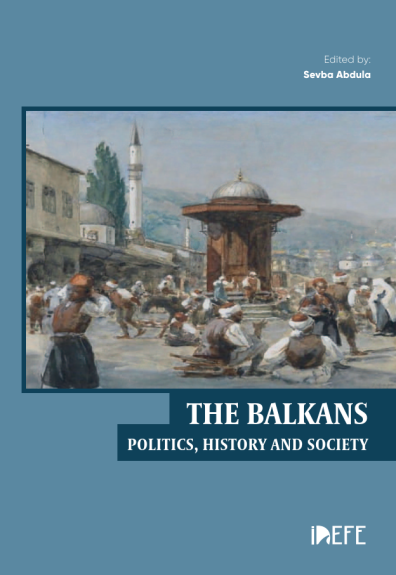Editorial Publishings
Women in the 1528-1530 Detailed Survey of the Sanjak of Bosnia
Authors
-
Emina MostićUniversity of Sarajevo
Synopsis
The subject of research in this work is Detailed Survey of the Sanjak of Bosnia from 1530 (Tapu defteri, Istanbul BOA TD No. 157). The paper will analyze the entries of women, try to identify them and analyze the contexts in which they appear. Detailer defters (Tahrir Deftersi, Mufassal defteri) are a type of official document of the Ottoman administration that were created as a result of popu-lation censuses that were periodically conducted in cities or sandjaks in order to determine the amount of taxes and to clearly know who and to whom is paying that tax. (Öz, 2010: 425-426). 1Although the tax payers and tax bearers usually were men, this official record, as well as others, also records women. In the fol-lowing article, cases when women are mentioned in the Detailed Survey of the Sanjak of Bosnia from 1530 will be presented.
Ottoman society recognized men, or males, as the heads of a household, house-holders, ergo as taxpayers. However, life is unpredictable and for various rea-sons, e. g. that the head of the house died, went missing etc., and his role had to be taken over by a woman. The policy of the Ottoman Empire was that the members of the reaya were obliged to pay personal taxes that directly depended on their ability to work, their marital status and religion. Muslim personal taxes were resm-i mujerred and resm-i bennak, while non-Muslims paid personal tax under the name of ispenja; widows were obliged to use its reduced version under the name resm-i bive (Kasumović, 2021, 47). Since the widows are the most men-tioned category of woman, in the following lines, the widows mentioned in the Detailed Survey of the Sanjak of Bosnia from 1530 will be analyzed.
Downloads
Publication Information
-
Publication TypeChapter
-
Volume
-
Pages119-128
-
Series
-
Series PositionResearch 9
Abdula, S. (Ed.). (n.d.). Women in the 1528-1530 Detailed Survey of the Sanjak of Bosnia. In The Balkans Politics, History and Society: Vol. Research 9 (pp. 119-128). Idefe Publications. https://doi.org/10.51331/EB06.08EM
